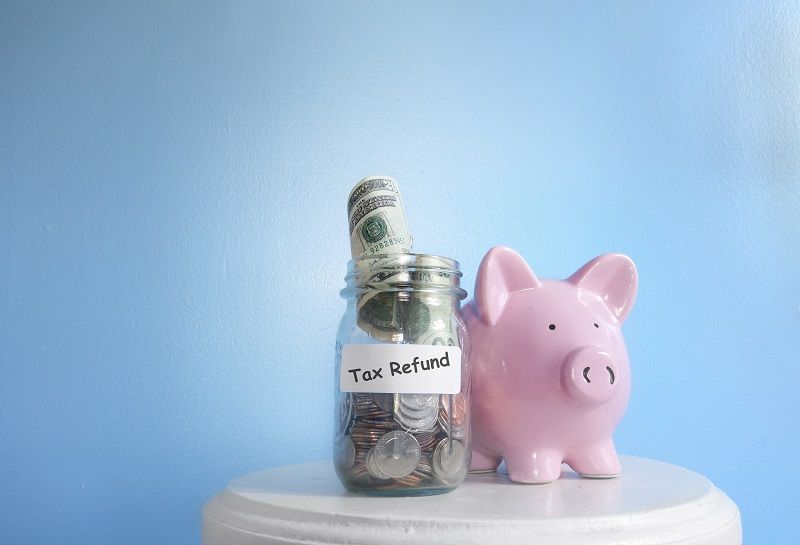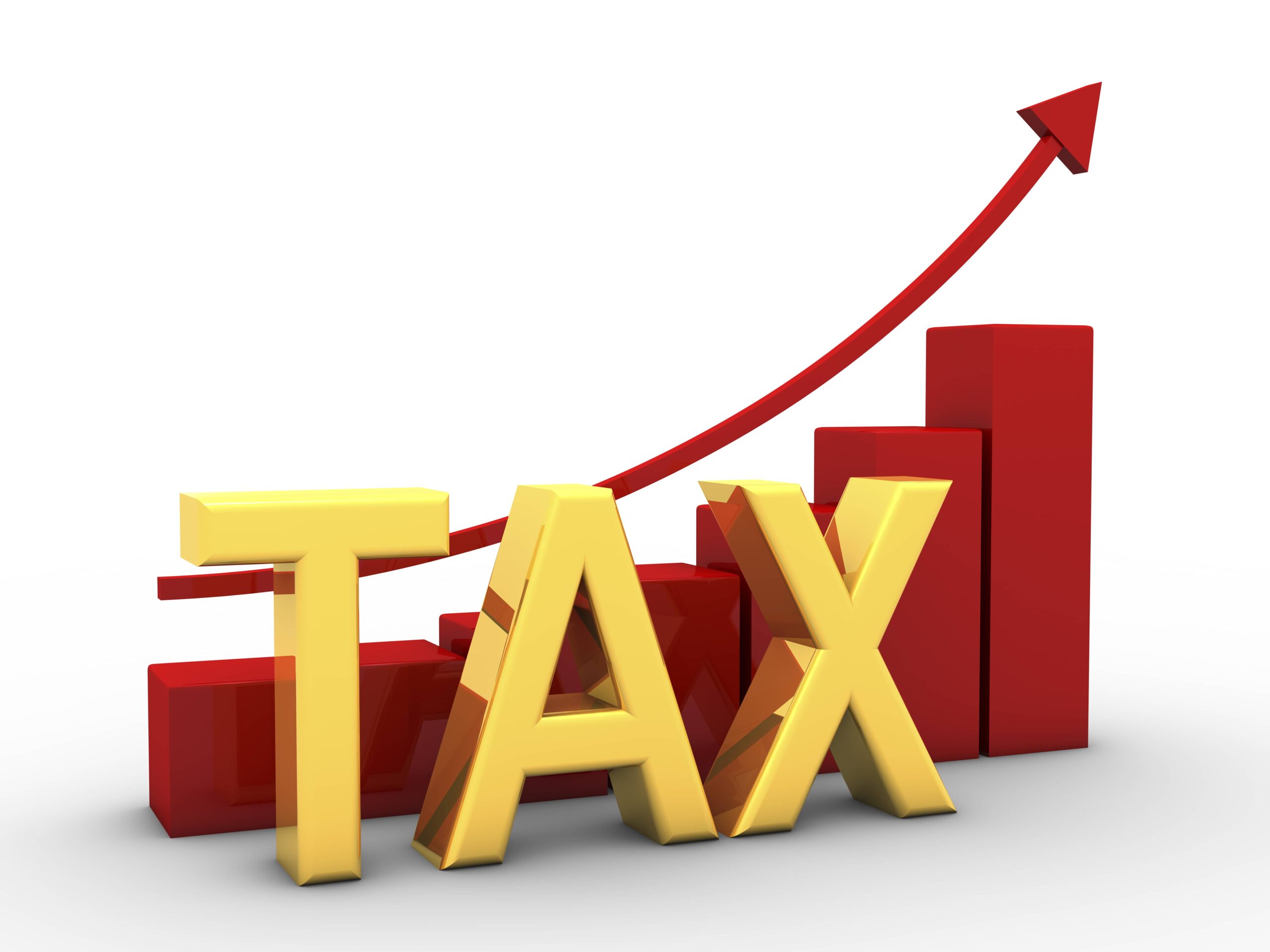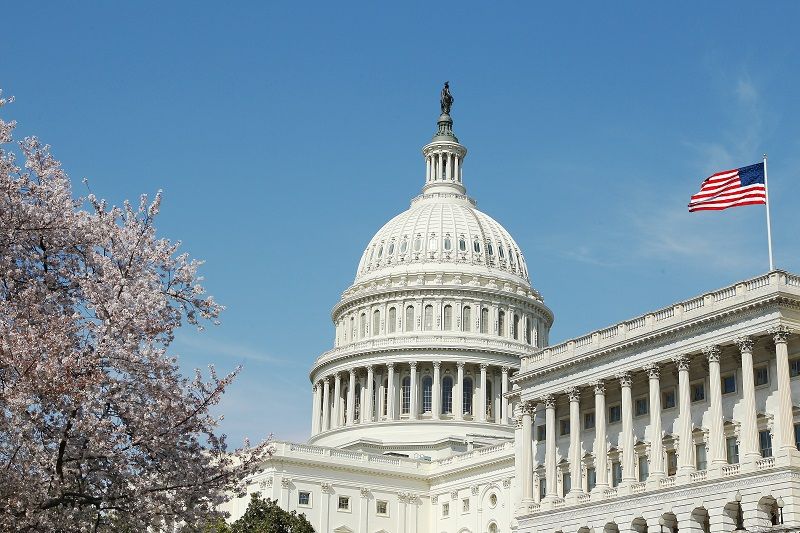

I estimate that raising the maximum tax rates on personal income, including capital gains, to eleven percent will cost the Oregon economy 36,000 jobs by 2015. The job losses will continue to accumulate beyond that year. This analysis does not incorporate job losses due to higher corporate income taxes.
The estimate is based on a model of state employment growth that incorporates data for all 50 states for 26 years. It exploits tremendous variation in tax practices from one state to another, and within individual states across time. The model was developed for my 2005 analysis of Oregon’s capital gains tax. (See “Generating Jobs and Income Through a Capital Gains Tax Reduction,” Appendix 1, Equation 3, available at http://www.conerlyconsulting.com/pdf/Capital_Gains_Report.pdf.)
The higher tax rates on wage income and capital gains cause a small reduction in annual growth rates. Although the first-year job cost is relatively small, 5,570 jobs, the losses accumulate year after year because the economy’s growth rate-not just the number of jobs but the growth rate-is permanently reduced. My estimate begins with the official state economic forecast published by the Office of Economic Analysis (Oregon Economic and Revenue Forecast, May 15, 2009). The official forecast is then adjusted to reflect the lower employment growth indicated by my tax impact model.
A “common sense” explanation of the impact is simple. People in America choose where to live and where to invest. There is always a small number who are considering moving. There are also some people considering larger investments or smaller investments. Higher tax rates induce some of these people to live outside of Oregon or to invest less in Oregon.
Dr. Conerly is an economic consultant and Chairman of the Board of Cascade Policy Institute.











